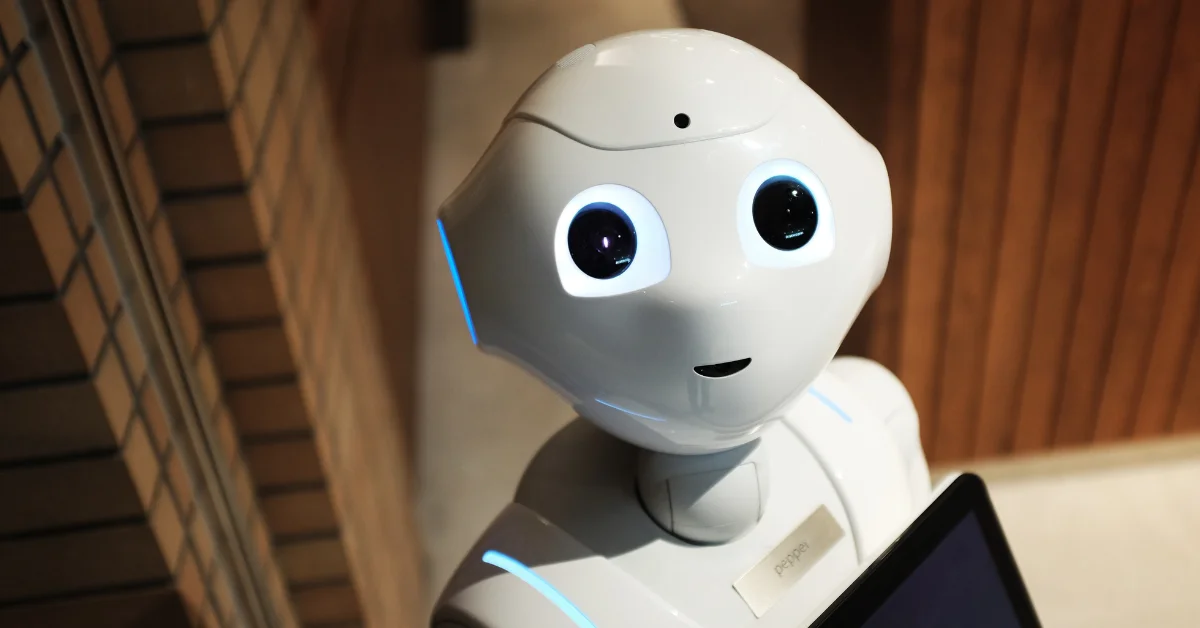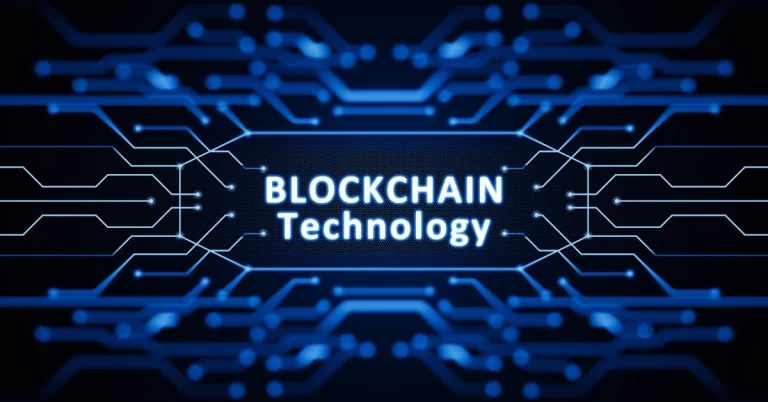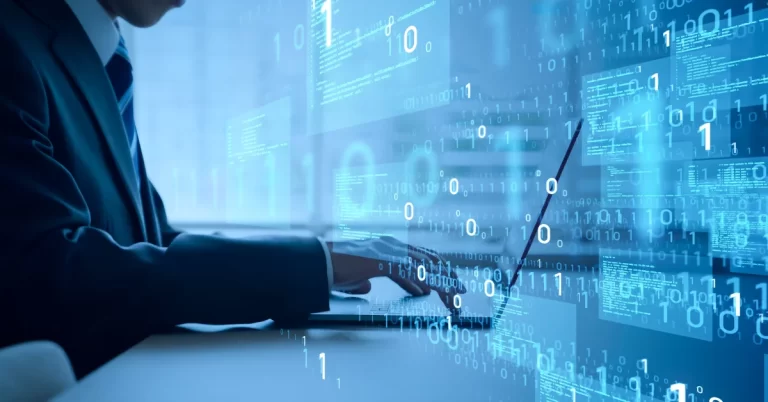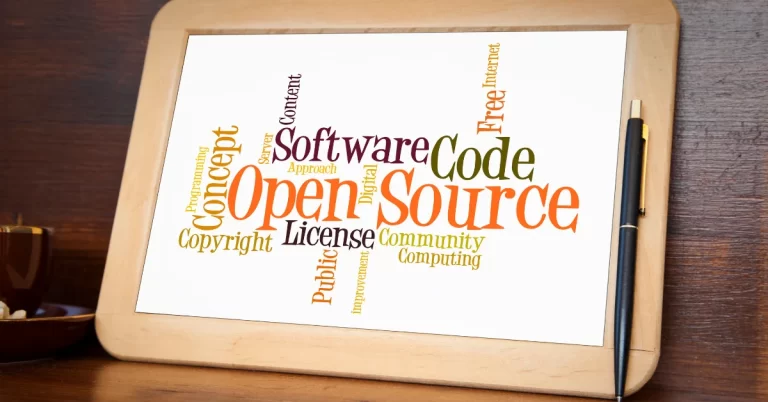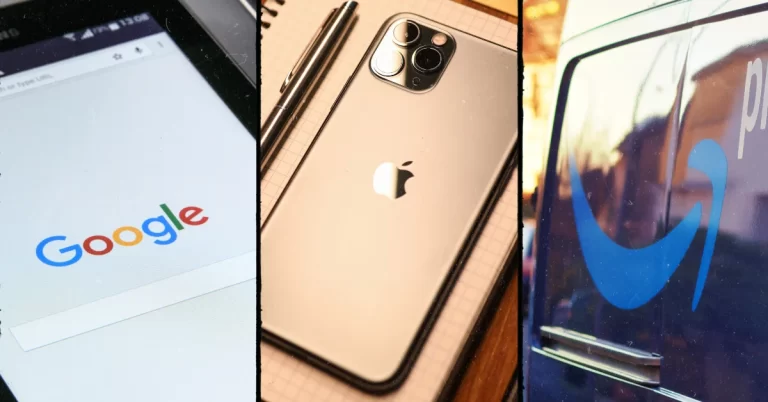AI-Generated Inventions: Who Owns the Rights?
Picture this: You spend months training an AI system, carefully feeding it data and fine-tuning its parameters. One day, it surprises you by generating a completely novel solution to a technical problem—something genuinely innovative that could be worth millions. You excitedly prepare to file a patent application, but then pause. A troubling question crosses your mind: Who actually owns this invention? Is it you, the AI system, or someone else entirely?
This isn’t just a hypothetical scenario anymore. As AI systems become increasingly sophisticated, they’re beginning to generate innovations that would traditionally be considered patentable inventions. This development is forcing us to reconsider fundamental questions about invention, ownership, and intellectual property in the AI age.
The Current Legal Landscape
Let’s start with where things stand today. Under current patent law in the United States and most other countries, only human beings can be recognized as inventors on a patent. This human-centric approach has been reinforced through several recent high-profile cases.
The DABUS Cases: AI Inventorship Rejected
The most significant legal test of AI inventorship came through the “DABUS” cases. DABUS (Device for the Autonomous Bootstrapping of Unified Sentience) is an AI system created by Dr. Stephen Thaler. In 2019, Thaler filed patent applications in multiple countries for inventions he claimed were autonomously generated by DABUS:
- A unique food container with a fractal-based design
- A flashing light for emergencies with patterns designed to attract attention
Instead of listing himself as the inventor, Thaler named DABUS as the inventor and himself as the owner of DABUS’s rights.
The results were consistent across most jurisdictions:
- United States: The USPTO rejected the applications, stating that under U.S. patent law, inventors must be “natural persons.” This decision was upheld by the U.S. District Court for the Eastern District of Virginia.
- United Kingdom: Both the UK Intellectual Property Office and the Court of Appeal ruled that inventors must be human beings.
- European Patent Office: The EPO rejected the applications, maintaining that inventors must be natural persons with legal personalities.
- Australia: Initially, a federal court ruled in favor of AI inventorship, but this decision was later overturned on appeal.
- South Africa: South Africa became an outlier by granting a patent with DABUS listed as the inventor, though this decision hasn’t been followed elsewhere.
These cases established a clear precedent: under current law, AI systems cannot be legally recognized as inventors.
The Ownership Question: If Not the AI, Then Who?
If AI systems can’t legally be inventors, then who owns the rights to AI-generated inventions? This question is far from settled, but several potential owners have been suggested:
1. The Developer of the AI System
One approach is to assign ownership to whoever created the AI system. In this view, the AI is simply a tool created by the developer, and any outputs from that tool logically belong to its creator.
Tim, a software engineer I recently worked with, developed a specialized AI system for optimizing chemical formulations. When the system created a novel polymer composition, Tim’s company claimed ownership of the invention based on the argument that the AI was simply an extension of Tim’s creative work—a sophisticated tool he had built and deployed.
2. The User of the AI System
Alternatively, ownership could go to the person who deployed the AI system—the one who specified the problem, provided the data, and utilized the results.
Consider Maya, a pharmaceutical researcher who used a commercially available AI platform to identify potential new drug compounds. When the AI suggested a novel molecular structure with promising properties, Maya’s employer claimed ownership of the invention, arguing that Maya’s expertise in setting up the problem and evaluating the results was the true inventive contribution.
3. The Owner of the AI System
Another perspective assigns ownership to whoever owns the AI system itself—typically the company that paid for its development or purchased it.
A medical device manufacturer invested millions in developing an AI system for designing improved surgical instruments. When the system produced a novel design for a minimally invasive tool, the company naturally claimed ownership of the invention. Their argument: they paid for the development of the AI system and directed its application toward specific business goals.
4. Joint Ownership
Some legal experts suggest that AI-generated inventions might involve multiple stakeholders with legitimate ownership claims. This could include the AI developer, the user, the data providers, and others who contributed to the process.
A collaborative research project between a university and a private company used an AI system to develop new battery technology. The resulting invention involved contributions from university researchers who trained the AI, company scientists who specified the problem, and the commercial AI platform they used. This complexity led to a negotiated agreement assigning joint ownership rights.
Current Legal Approaches and Workarounds
While the law evolves to address these questions, organizations are finding practical workarounds to secure patent protection for AI-generated inventions:
1. Naming Human Contributors as Inventors
The most common approach is simply to identify humans who made significant contributions to the invention—even if the AI system did much of the creative work. This might include:
- The person who recognized the AI’s output as valuable
- The engineer who trained the AI system
- The scientist who formulated the problem
- The researcher who verified and refined the AI’s output
By focusing on human contributions, organizations can work within existing legal frameworks while still protecting valuable innovations.
2. Documenting the Human Role
Smart organizations are carefully documenting how humans guide and contribute to AI-generated inventions. This documentation helps establish human inventorship by showing how people:
- Selected the training data
- Designed the AI architecture
- Formulated the technical problem
- Interpreted and refined the AI’s outputs
- Implemented the invention in practice
3. Using Trade Secret Protection
Some companies are choosing to protect AI-generated innovations as trade secrets rather than patents. This approach avoids the inventorship question entirely while still providing legal protection, as long as the innovation can be kept confidential.
A predictive maintenance company I advised had developed AI algorithms that could identify equipment failures before they occurred. Rather than patenting these algorithms (and facing inventorship challenges), they chose to protect them as trade secrets, implementing strict confidentiality measures and limiting access to key personnel.
Ethical and Philosophical Questions
Beyond the legal technicalities, AI-generated inventions raise deeper questions about the nature of creativity and invention:
What Does It Mean to “Invent”?
Invention has traditionally been seen as a uniquely human activity involving creativity, insight, and problem-solving. But if an AI system can generate novel solutions to technical problems, does this challenge our understanding of invention itself?
Should AI Systems Have Rights?
Some legal scholars argue that as AI systems become more autonomous and capable, we may need to reconsider our approach to AI and legal rights. This doesn’t necessarily mean treating AI as equivalent to humans, but perhaps creating a new legal category that acknowledges AI’s unique role in the innovation process.
How Do We Ensure Fair Recognition?
When multiple stakeholders contribute to an AI-generated invention—from developers to users to data providers—how do we ensure fair recognition and compensation for their contributions?
Potential Solutions and Future Directions
As technology continues to advance, legal systems worldwide will need to adapt. Several potential approaches have been proposed:
1. Expanding the Definition of “Inventor”
Legislators could update patent laws to broaden the definition of “inventor” to include AI systems in certain contexts. This approach would require significant legal changes but would directly address the core issue.
2. Creating a New Category of IP Rights
Some experts suggest creating entirely new intellectual property protections specifically designed for AI-generated innovations—rights that don’t require human inventorship but still provide legal protection and clear ownership rules.
3. Work-Made-for-Hire Doctrine
Patent law could adopt something similar to copyright’s “work made for hire” doctrine, where the entity that commissioned or owns the AI system would automatically own any inventions it generates, regardless of inventorship.
4. AI as a Legal Entity
The most radical approach would involve granting AI systems some form of legal personhood, allowing them to be named as inventors while assigning ownership rights to humans. While this approach seems unlikely in the near term, it illustrates the range of possible solutions being discussed.
What This Means for Innovators Today
If you’re working with AI systems that might generate patentable innovations, what should you do now? Based on my experience helping clients navigate this evolving landscape, here are some practical recommendations:
1. Document Human Contributions
Keep detailed records of how humans contribute to the innovation process, including:
- Problem formulation and goal setting
- AI system design and training
- Data selection and preparation
- Evaluation and refinement of AI outputs
- Implementation and testing
This documentation will be crucial for establishing human inventorship under current law.
2. Develop Clear IP Policies
Organizations using AI for innovation should develop clear policies addressing ownership of AI-generated inventions. These policies should:
- Define roles and responsibilities
- Establish ownership expectations
- Address potential disputes
- Consider multiple protection strategies (patents, trade secrets, etc.)
3. Consider Multiple Protection Strategies
Don’t rely solely on patents for protecting AI-generated innovations. Consider a comprehensive strategy that might include:
- Patents for innovations with clear human contribution
- Trade secrets for innovations that can be kept confidential
- Copyright for software implementations
- Contractual protections through licensing agreements
4. Stay Informed
The legal landscape for AI-generated inventions is evolving rapidly. Stay informed about:
- New court decisions
- Updated patent office guidance
- Legislative developments
- International variations in approach
Real-World Examples and Outcomes
Success Story: Pharmaceutical Discovery
A pharmaceutical company I worked with used AI to identify potential new drug compounds. By carefully documenting how their scientists:
- Selected the target disease and biological pathways
- Chose appropriate training data
- Evaluated and refined the AI’s suggestions
- Conducted laboratory verification
They were able to successfully patent several AI-identified compounds by naming their scientists as inventors while still acknowledging the AI’s role in their public communications.
Cautionary Tale: Unclear Ownership
A startup developed an AI system for optimizing manufacturing processes. When the system generated valuable innovations, disputes arose between:
- The engineers who developed the AI
- The technicians who operated it
- The company that owned it
- The client whose data was used to train it
Without clear policies addressing ownership of AI-generated inventions, the company faced lengthy legal disputes that delayed patent filings and ultimately reduced the value of their innovations.
Looking Ahead
The questions surrounding ownership of AI-generated inventions won’t be resolved overnight. As AI systems become more sophisticated and autonomous, the gap between technical reality and legal frameworks will likely widen before it narrows.
For now, the best approach is to work within existing legal frameworks while staying informed about developments in this rapidly evolving area. By documenting human contributions, developing clear IP policies, and considering multiple protection strategies, innovators can navigate the current uncertainty while positioning themselves for whatever legal frameworks emerge in the future.
As we continue this journey into uncharted territory, one thing remains clear: the relationship between human creativity and machine intelligence will be one of the defining intellectual property questions of our time.
As a patent agent with experience in both AI technology and patent law, I’ve helped many clients navigate these complex issues. While this article provides general guidance, each situation involves unique considerations. For specific advice about your AI innovations, consult with a registered patent attorney or agent experienced in this emerging field.
